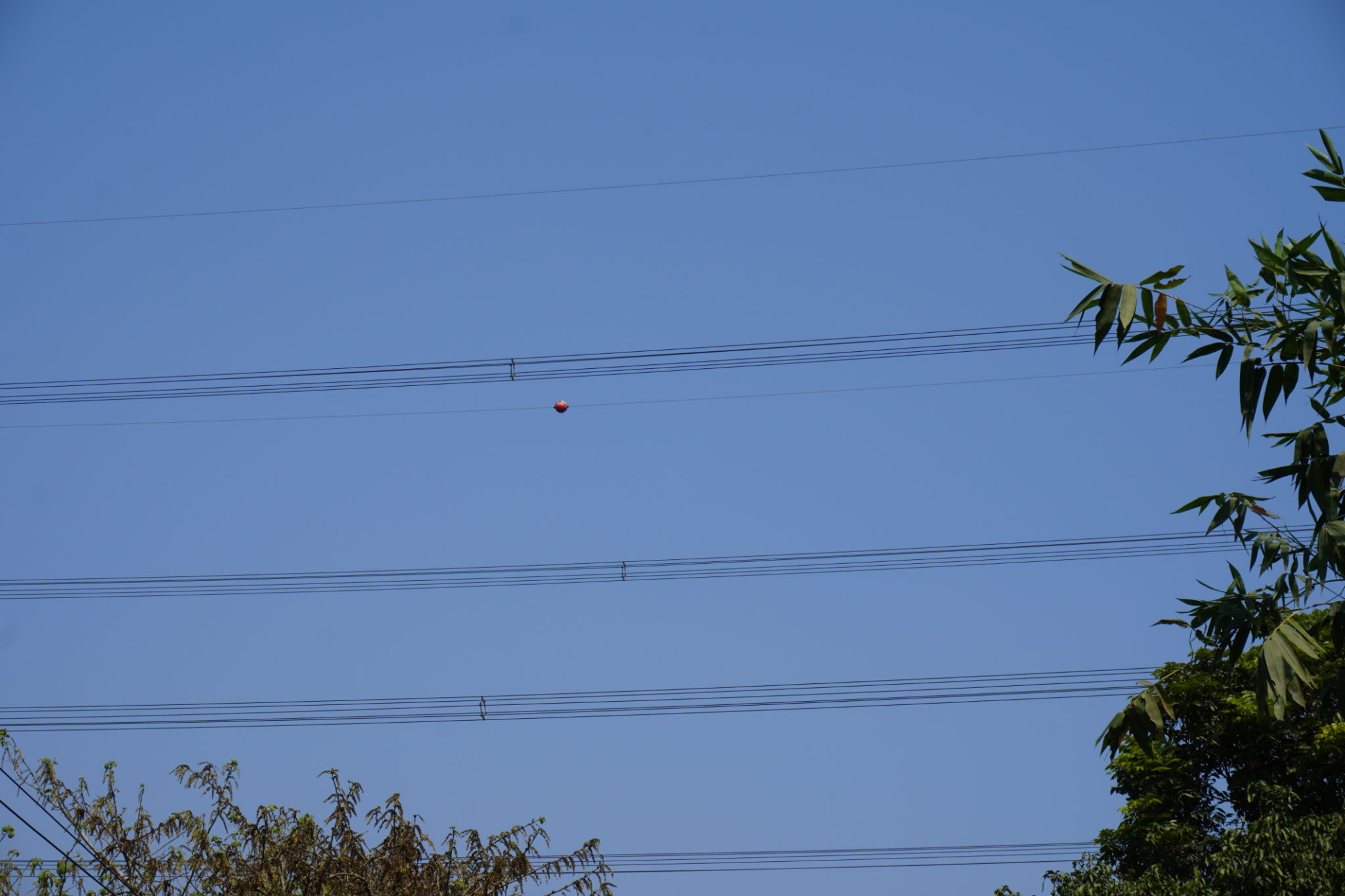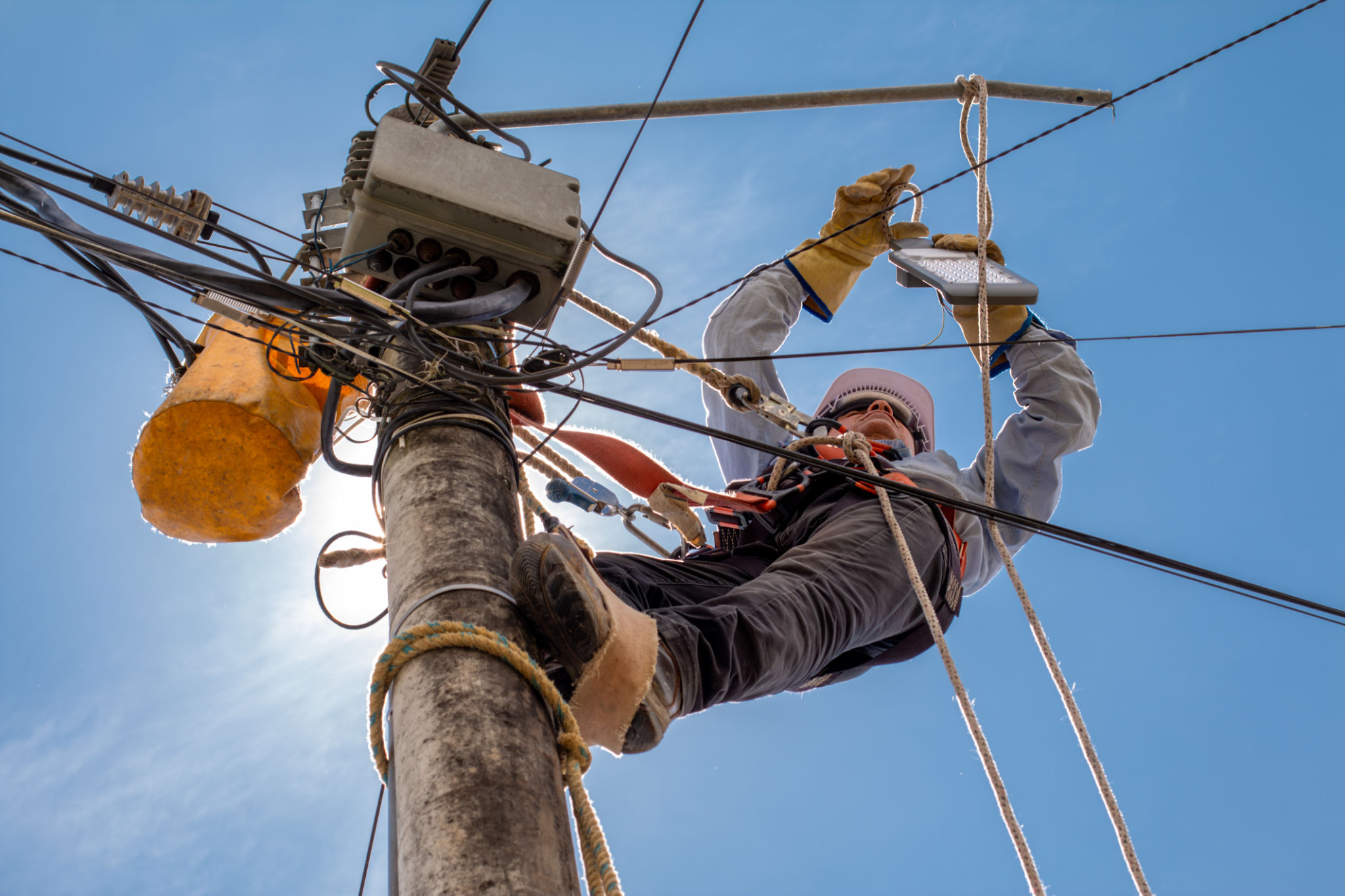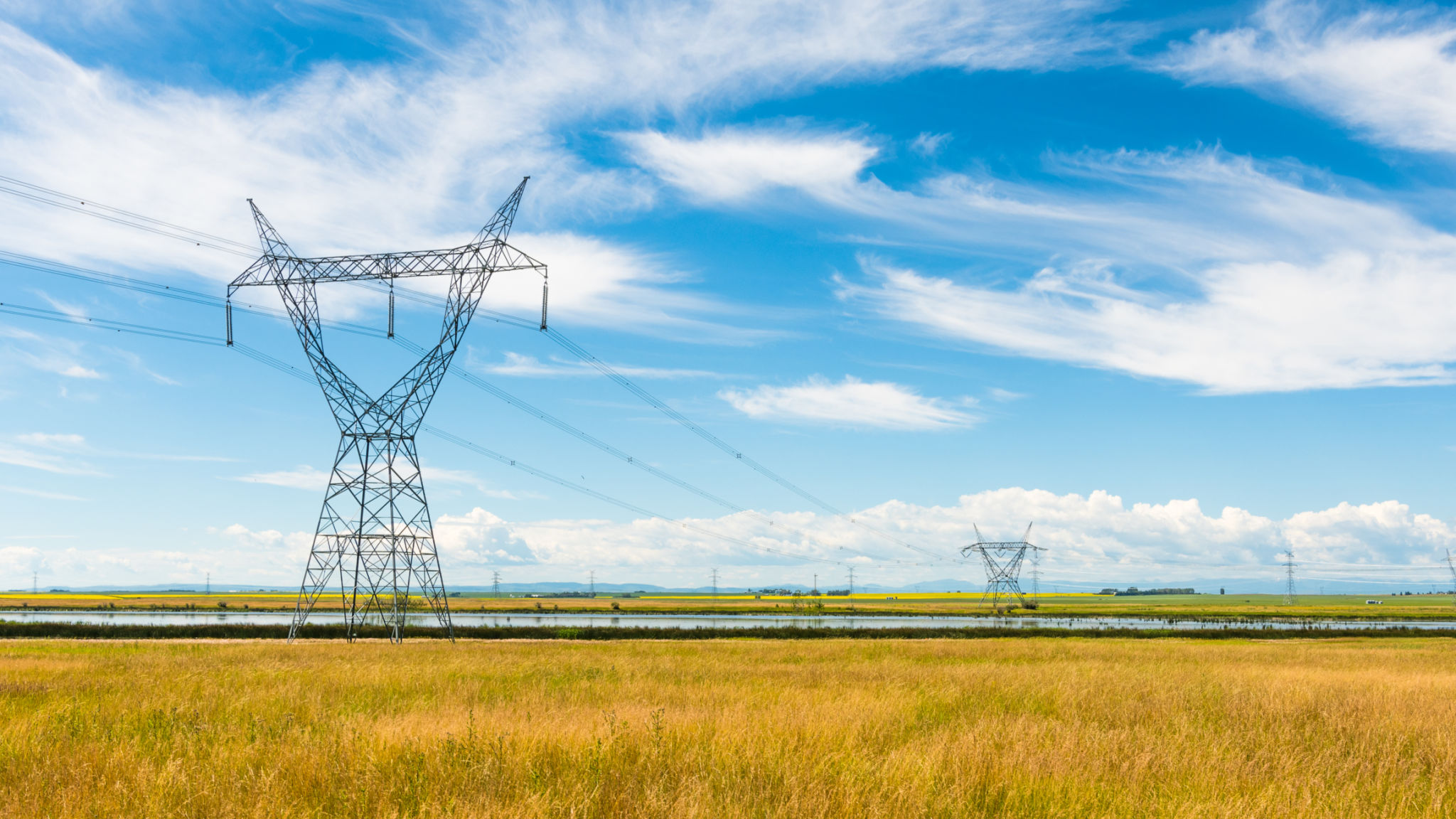Case Study: Successful Implementation of Bird Diverters in Utility Projects
Introduction to Bird Diverters
Bird diverters are innovative devices designed to prevent bird collisions with utility structures such as power lines. These collisions often lead to both avian fatalities and power disruptions. By implementing bird diverters, utility companies can significantly reduce these incidents, ensuring a safer environment for birds and more reliable service for customers.
The successful implementation of bird diverters in utility projects has showcased how technology and nature can coexist harmoniously. This case study explores the process and outcomes of integrating these devices into utility infrastructure.

The Need for Bird Diverters
Bird collisions are a significant concern for utility companies. Power lines, especially those in migratory pathways, pose a considerable risk to birds. The collisions not only harm wildlife but can also lead to power outages and costly repairs.
Utility companies face increasing pressure from environmental groups and regulatory bodies to adopt measures that protect avian species. Bird diverters offer an effective solution by making power lines more visible to birds, thereby reducing collision risks.
Challenges in Implementation
Implementing bird diverters comes with its own set of challenges. The primary challenge is determining the most effective types and placements of diverters. Factors such as the specific bird species in the area, their flight patterns, and the environment must be considered.
Another challenge is ensuring that the installation process does not disrupt existing utility services. Careful planning and coordination between environmental experts and utility workers are crucial to overcoming these obstacles.

Strategies for Successful Implementation
Several strategies can enhance the successful implementation of bird diverters in utility projects:
- Comprehensive Site Assessment: Conducting a thorough analysis of the area to identify high-risk zones for bird collisions.
- Collaboration with Wildlife Experts: Working alongside ornithologists and environmental scientists to choose the appropriate types of diverters.
- Regular Monitoring: Establishing a monitoring system to track the effectiveness of the diverters and making adjustments as necessary.
Case Study: A Real-World Example
One notable success story comes from a utility company that installed bird diverters along a major migratory route. By collaborating with local wildlife organizations, they identified critical areas where diverters would be most beneficial.
The project involved installing different types of diverters, including spiral and swinging models, tailored to specific sections of the power lines. The results were significant, with a marked decrease in bird collisions and improved power reliability.

Outcomes and Benefits
The implementation of bird diverters yielded positive outcomes for both the utility company and the local ecosystem. The most immediate benefit was the reduction in bird fatalities, contributing to conservation efforts for several at-risk species.
Moreover, the decrease in power outages led to enhanced customer satisfaction and reduced operational costs for the utility company. This win-win scenario exemplifies how environmentally conscious practices can also support business objectives.
Conclusion
The successful implementation of bird diverters in utility projects highlights the importance of integrating environmental considerations into infrastructure planning. As more utility companies adopt these measures, the potential for widespread positive impact grows.
This case study serves as an inspiration for other industries to explore innovative solutions that protect wildlife while maintaining operational efficiency. By continuing to prioritize sustainability, we pave the way for a future where human progress and nature thrive together.